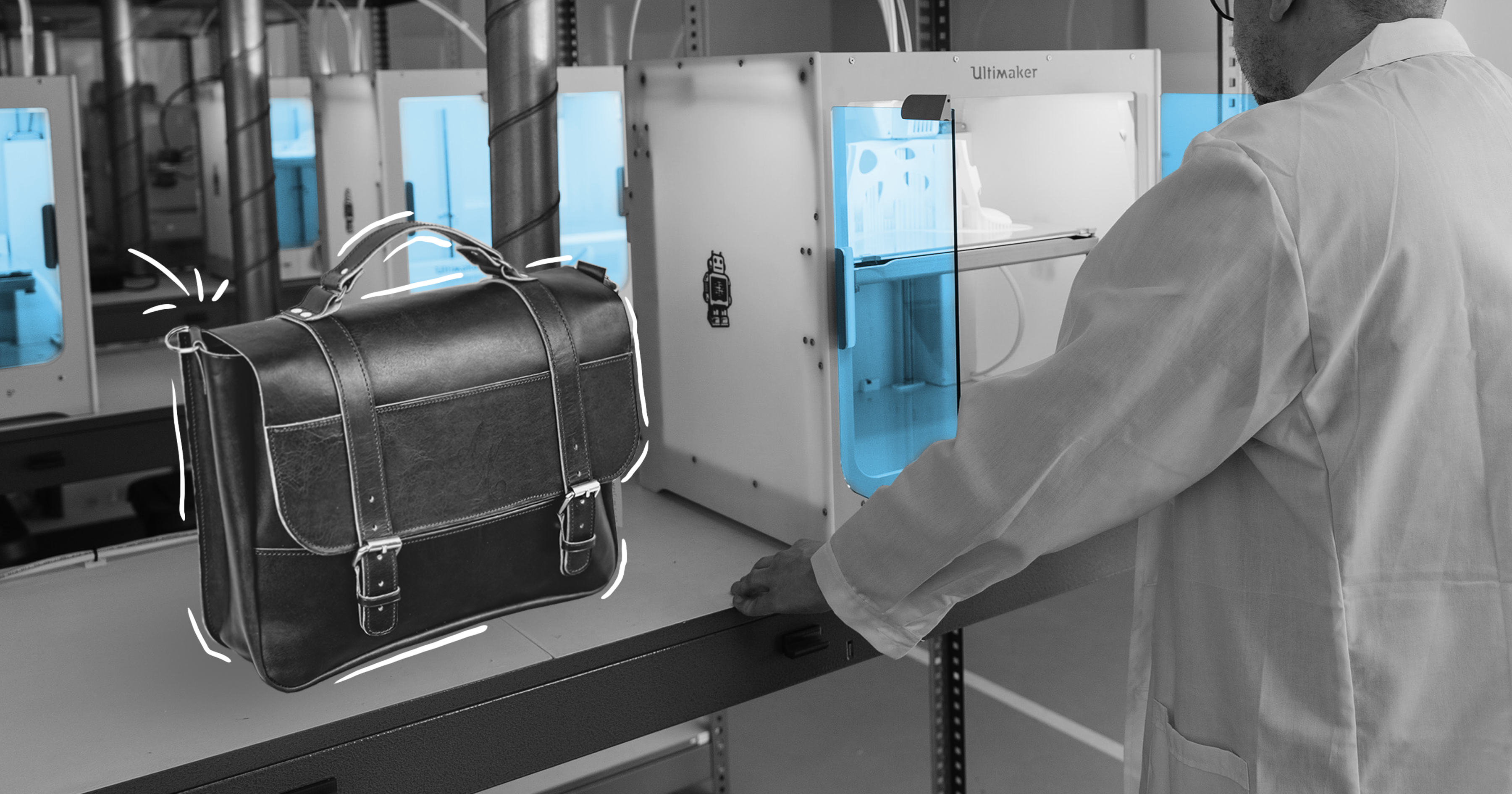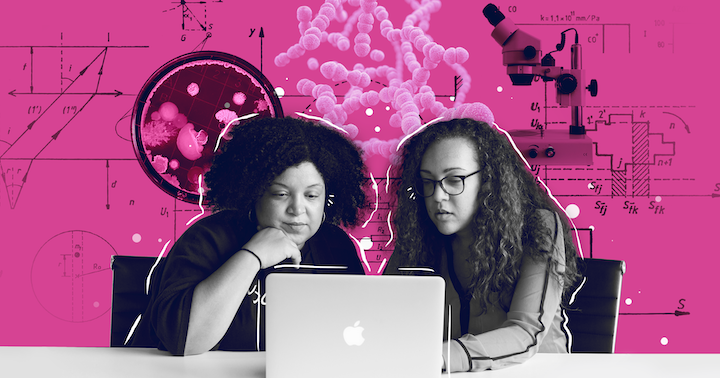Innovation has become table stakes for most big companies, especially those with a long history and legacy in their industries. Maybe it starts with a Chief Innovation Officer, but eventually it’s a mixed bag of innovation buzzwords – an open innovation initiative, a design thinking training, a foray into venture investing, partnerships with startups, trips to South by Southwest, a sandbox lab for experiments, a secret moonshot team with a mysterious code name. It also often relies on the soft skills of navigating internal politics, building alliances with key stakeholders, and crafting compelling narratives for a variety of different audiences.
It’s easy to forget that, at its core, innovation is about problem solving: observation, experimentation and validation (or invalidation more often than not). As a business generalist with stints running an accelerator at Chobani and catalyzing innovation culture at Chanel, along with an academic background firmly rooted in the humanities (double major – French and Religious Studies; very practical stuff), I often enjoy reorienting myself back to my 10th grade biology class as a refreshing way to rethink the day-to-day work of corporate innovation.
It’s easy to forget that, at its core, innovation is about problem solving: observation, experimentation and validation (or invalidation more often than not).
Jackie Miller

It’s comforting that something as foundational to academic thought as the scientific method can also be easily broken down for any child embarking on their first science experiment. In a nutshell, the scientific method is all about experimentation, discovery, and inductive reasoning. It starts with observations and combines the results of experiments with other known facts. It can also be adapted for the purpose of creating products, services and experiences rooted in human experience, and I’ve always found thinking like a scientist to be the first stop on the way to ultimately building impactful innovations that scale.
The collection of subjective data about customer wants and needs is a crucial tool in the corporate innovator’s kit. When navigating years of entrenched cultural constraints to innovation, it’s an important first step for a good innovator to become problem-oriented rather than solution-oriented – leverage empathy for the customer and speak on their behalf. User insights are always a more solid foundation for proposing something new and different.
To build a “safe to fail” test and learn innovation culture, it can also be a game-changer to equip your stakeholders with the language to better assess and evaluate your experiments. When you set expectations that you are entering the unknown and attempting to validate a hypothesis, it’s much easier to talk about the inevitable invalidation of an idea as the kind of potential win that still adds strategic value.
This type of legible framework is an essential northstar in the messy and rapidly shifting world of corporate innovation – a playbook and shared vocabulary to fall back on when you’re navigating the unknown. This is why I’m excited about building the On Deck Corporate Innovation fellowship – a place for corporate innovators to exchange strategies, ideas, feedback and resources that help them excel at their jobs, regardless of industry.
I recommend that all corporate innovators who are solving unique business challenges take a few pages from the playbook of good scientists:
- Ask better questions: innovation starts with insights
- Collaborate early and often and innovate in the open: similar to the academic publication process, iteration and improvement based on feedback is essential
- Breakthrough innovation sometimes requires taking the long view – that’s why it’s called a moonshot





